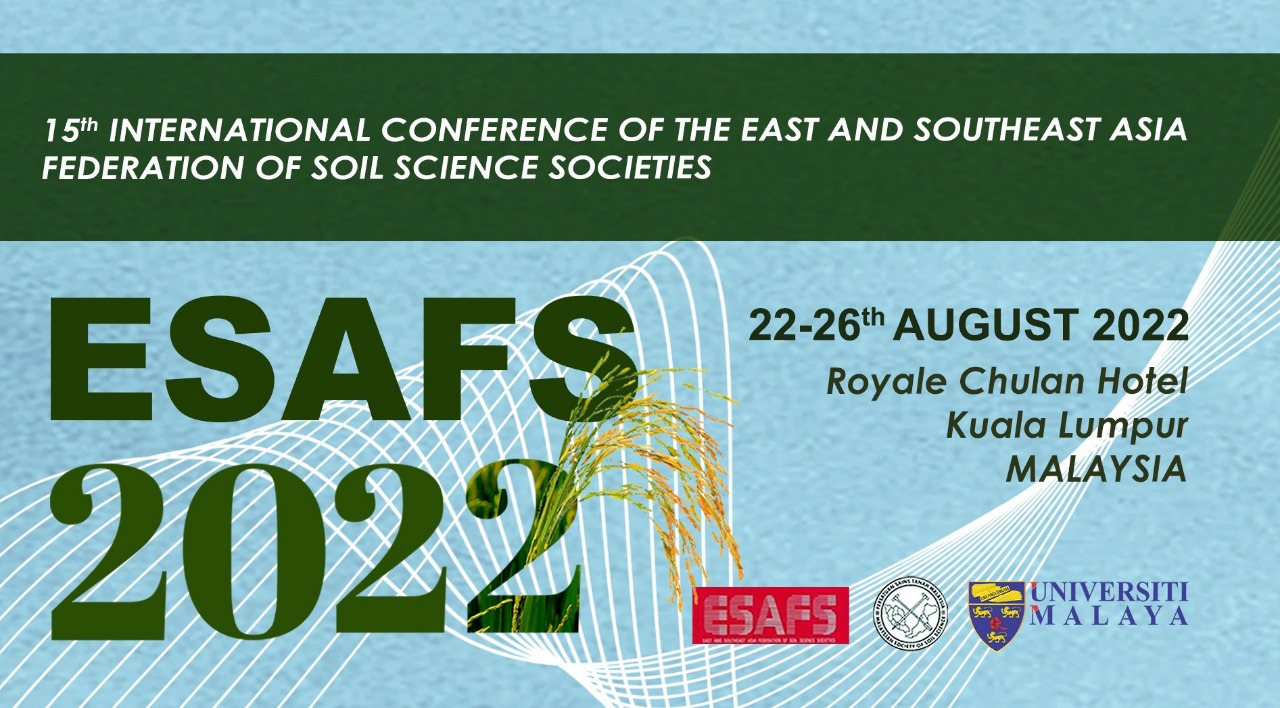Comparison of widely used soil classification systems for oil palm (Elaeis guineensis) cultivation in Malaysia and Indonesia
Written By: Pupathy U.T.1,* and Paramananthan S.2
1 PT SumberTani Agung Resources TBK (STAA)
Jl. PangeranDiponegoro 51, Medan, Sumatera Utara, Indonesia, 20152
2 Param Agricultural Soil Surveys (M) Sdn. Bhd.
A4-3 Jalan 17/13, 46400 Petaling Jaya, Selangor, Malaysia
*Corresponding Author: Pupathy U.T., pupathy.uthrapathy@sta.co.id
Abstract
Knowledge on soils is a paramount important for agricultural production, besides being a basis for forest, water, engineering and environmental managements. The objective of this paper is to review and discuss the usage of soil classification systems in oil palm. Being largest oil palm producers in the world, planters in Malaysia and Indonesia have more reasons to have an essential knowledge on soils especially in connection with sustainable oil palm production. Experiences gained by data collection, identification, mapping and interpretation of soils for the betterment of crops including from early days of rubber cultivation paved a way to improve further in oil palm cultivation as transfer of technology was made easier especially in water management and plant nutrition with vast compilation of soil types in both countries. There are two major soil type classifications used, namely from USDA which has 12 major soil types and from FAO/UNESCO which consists of far more different soil types. Meanwhile, the World Reference Base (WRB) is the international standard for soil classification system endorsed by the International Union of Soil Sciences (IUSS). Soil taxonomy has six categories namely order, suborder, great group, subgroup, family and series. Under USDA, there are 12 orders of soils, based on some dominant physical, chemical and biological properties that differ distinctly from each other. Having an in-depth knowledge and skills in identifying and interpreting the aberrant properties as well as the narrowest category/criteria would be an advantage for an oil palm agronomist. Special management is required if there is any limitation(s) possessed by soils inherently. As more details on each property are available up to series/phase level under USDA soil classification, it would be an advantage for oil palm planters to explore further and correlate the detailed property with sustainable oil palm productions. However, there is not enough soil information/description up to series/phase level under FAO/UNESCO/IUSS/WRB soil classification systems. Basically, the FAO/UNESCO/IUSS/WRB soil classification system is a simplified system correlating the variety of soil surveys throughout the world to a common map. FAO/UNESCO/IUSS/WRB is intended for mapping soils at a continental scale, not at local scale. As such, usage of FAO/UNESCO/IUSS/WRB soil classification for the purpose of enhancing oil palm productivity has a little/less merit. By employing the basic principles, functions of each soil category (from order to series), estimating soil-water-crop relationships and sound & sustainable management under USDA soil classification, the oil palm growers particularly agronomists in Malaysia and Indonesia have greater opportunities to deal with oil palm productivity in a sustainable manner.
---Citation:
Pupathy U.T., &Paramananthan, S. (2022). Comparison of Widely Used Soil Classification Systems for Oil Palm (Elaeis guineensis) Cultivation in Malaysia and Indonesia. In the 15th International Conference of the East and Southeast Asia Federation of Soil Science Societies (ESAFS) 2022 Book of Abstracts (1st ed., Vol. 15, p. 84). Kuala Lumpur, Malaysia.

---
Acknowledgements:
The authors are extremely grateful to the top managements of PT. Sumber Tani Agung Resources TBK. (STAA) for their kind permission to present this paper. Special thanks to all supporting staff of STA Resources for their invaluable guidance and assistance.

